1. Intentional Layouts That Prioritize Flow
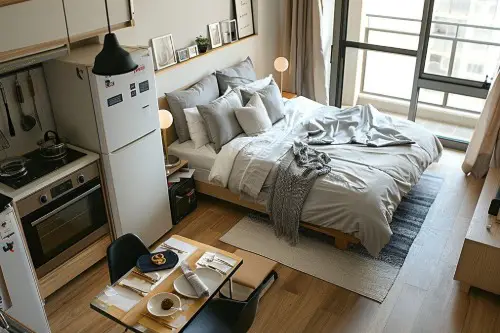
Tiny homes are meticulously planned—every square inch serves a purpose, and paths between zones are clear and uninterrupted. By minimizing awkward transitions or wasted corners, these spaces feel fluid and responsive. Unlike oversized homes with sprawling, disconnected rooms, tiny homes use layout to enhance movement. It’s space made efficient, not excessive.
Designers often use open floor plans and multipurpose zones to create visual expansion. You move easily from cooking to lounging without feeling like you’re traversing an empty wing. Every nook works harder—and that makes the whole home feel cohesive. Fluidity trumps footage.
2. Fewer Walls, More Sightlines
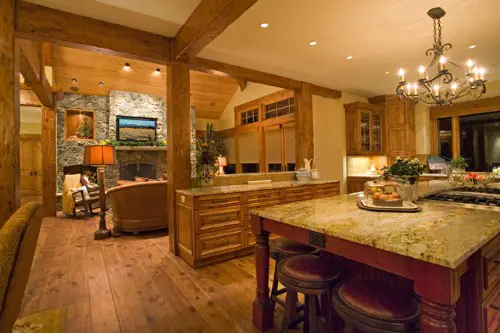
McMansions often divide rooms with hallways and partitions, which can interrupt sightlines and compress the experience of space. Tiny homes frequently use fewer walls, allowing the eye to travel uninterrupted across the interior. This visual openness tricks the brain into perceiving more space. It’s clarity over compartmentalization.
Strategic use of furniture and color zoning replaces physical barriers. Spaces stay defined but never boxed in. The result is a home that feels continuous, even when compact. Seeing more makes you feel more.
3. Minimalist Styling That Lets You Breathe
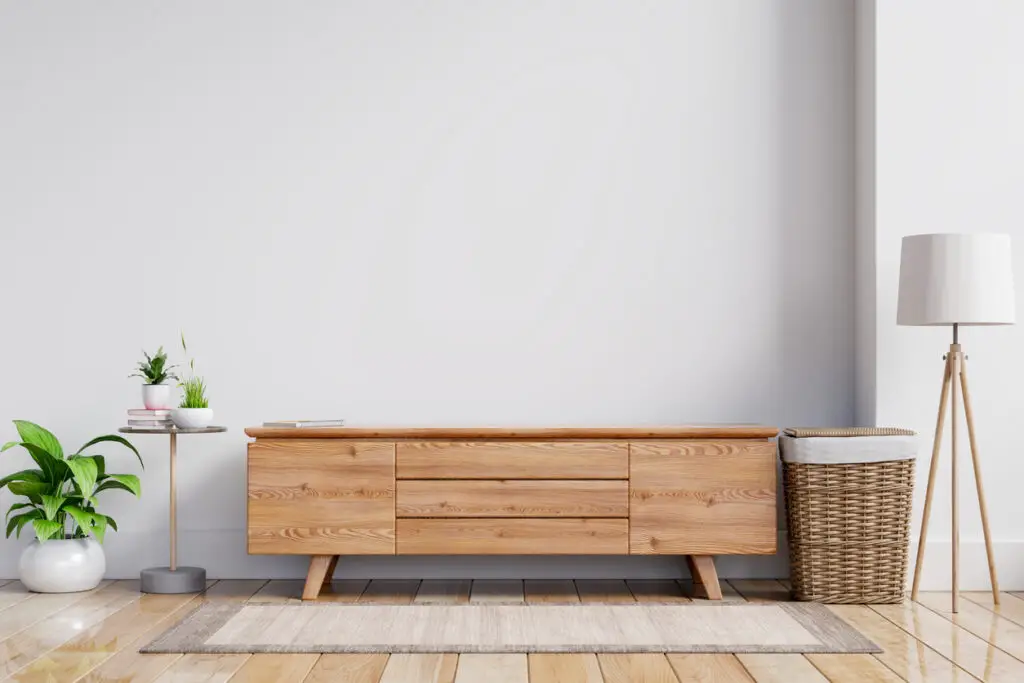
Tiny homes thrive on restraint—limited decor, clean lines, and thoughtfully chosen pieces create visual calm. Cluttered McMansions can feel chaotic, with surfaces filled and spaces over-decorated. In contrast, less truly feels like more when everything has breathing room. A blank wall becomes a design choice, not a missed opportunity.
Minimalism invites emotional space and mental ease. Instead of being dazzled by decor, you’re soothed by simplicity. Tiny homes make each item earn its place. It’s elegance born of purpose.
4. Smart Use of Vertical Space
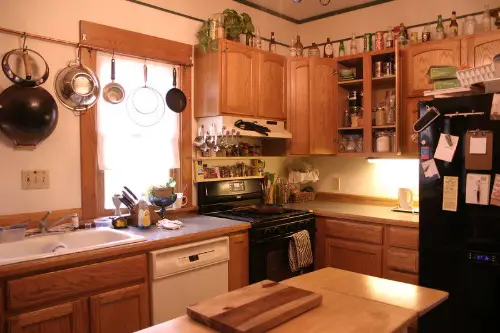
High ceilings, lofted storage, and tall cabinetry help tiny homes stretch upward—even when they can’t stretch outward. This vertical dimension gives rooms dynamic volume and breaks the flatness that often plagues sprawling layouts. McMansions often ignore height potential, relying on floor space alone. But in tiny homes, ceilings matter.
Designers install shelving near the ceiling, build sleeping lofts, or use ladder-accessed zones to add function. The eye travels up, making rooms feel larger than their footprint. Space isn’t just width—it’s height. You don’t need more room—you need more direction.
5. Seamless Indoor-Outdoor Integration
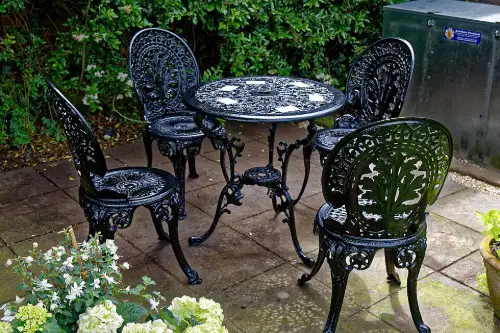
Many tiny homes blur the line between inside and out—glass doors, large windows, and compact decks invite nature into every corner. This extension relieves pressure from the interior and offers visual depth. McMansions may have sprawling lawns but keep them separated from daily life. In tiny homes, outdoor space is part of the plan.
Design elements like awnings, sliding doors, and window nooks create cozy transitions. When the outside feels close, the inside feels bigger. The horizon helps stretch the experience. Perspective is part of the footprint.
6. Thoughtful Lighting That Expands Space
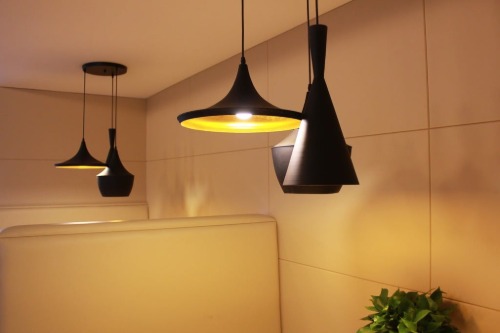
Strategic lighting—skylights, undercabinet LEDs, and reflective surfaces—helps tiny homes avoid shadows and highlight corners. Even small spaces appear airy when illuminated properly. McMansions often rely on overhead lighting that creates flat, lifeless zones. Tiny homes use every light source like a design tool.
Natural light is prioritized, making rooms feel less confined. Smart lighting helps redefine room boundaries and functions. Illumination becomes architecture. You feel space when you feel light.
7. Furniture That Serves Multiple Purposes
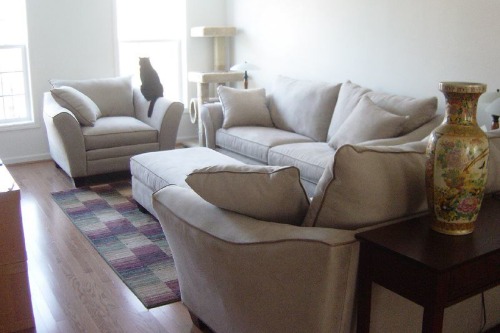
Instead of sprawling seating arrangements or oversized dining rooms, tiny homes rely on pieces that transform—sofas become beds, tables fold down, and storage hides in every base. This flexibility prevents clutter and maximizes usability. McMansions often treat furniture as statement pieces, not solutions. In tiny homes, design works overtime.
Movable, convertible, or stackable furniture enables personalization in real time. The space fits the day—not just the blueprint. A room that shifts with you always feels bigger. Use makes the difference.
8. Emotional Coherence Throughout the Home
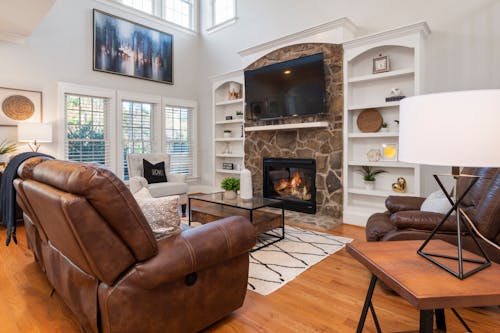
McMansions can feel disjointed, with decor and atmosphere changing from room to room. Tiny homes often carry one cohesive emotional tone—through color, material, and ambiance—which makes transitions seamless and comforting. Consistency creates calm and cohesion enhances spaciousness. Emotional unity becomes spatial expansion.
When every room feels part of the same story, the home feels whole. Spaces that echo each other mentally stretch the experience. It’s mood as architecture. Tiny doesn’t mean scattered—it means synchronized.
This post 8 Reasons Some Tiny Homes Feel Bigger Than McMansions was first published on Greenhouse Black.
